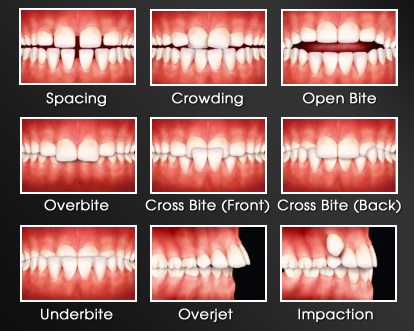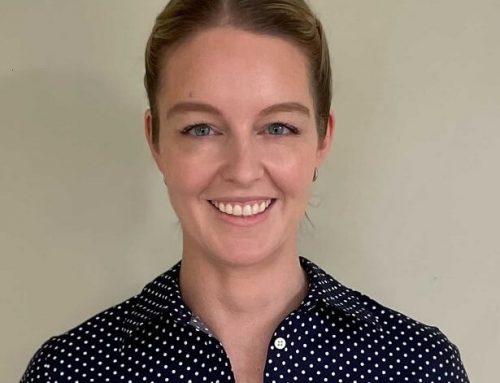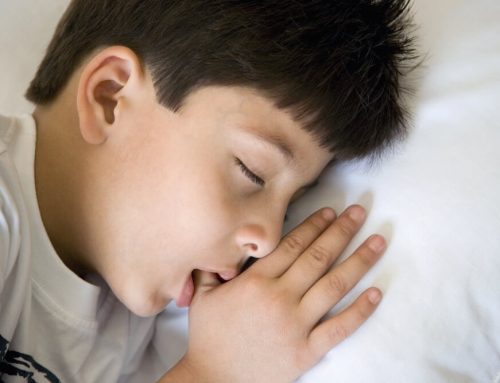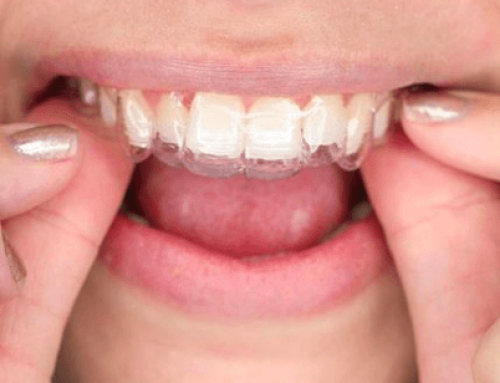‘Malocclusion’ (literally: “BAD BITE”) is the term that Dentists use to describe crooked teeth and jaws that do not function together properly. While having crooked teeth can undoubtedly have a major effect on appearance and therefore confidence and self-esteem, there are also serious underlying consequences to having a bad bite. So, if you have concerns, when should you get an orthodontic consult? How can you tell if you or your child need to have your crooked teeth corrected? Here are the most common signs that there is a problem with the teeth or jaws and you need to seek expert advice.
 Mouth breathing. Do you or your child tend to breathe through your mouth instead of your nose? This could be due to an open bite or the way the teeth fit together. There could also be problems with the airway which need addressing. Common signs of mouth breathing include an open-mouth posture and chapped lips.
Mouth breathing. Do you or your child tend to breathe through your mouth instead of your nose? This could be due to an open bite or the way the teeth fit together. There could also be problems with the airway which need addressing. Common signs of mouth breathing include an open-mouth posture and chapped lips.- Prolonged thumb sucking. Sucking thumbs or fingers and using a dummy/pacifier past a few years of age can cause lifelong anatomical changes, sleep problems and teeth that stick out or do not meet properly. Children with a thumb-sucking habit can ‘park’ their thumb behind their front teeth and cause them to protrude, known as an overjet or bucked teeth.
- Early or delayed loss of baby teeth. If baby teeth fall out too early or too late, it can result in problems like impacted (stuck) adult teeth that do not erupt properly. These teeth need to be guided into place.
- Gaps in your smile. This is an obvious sign of teeth problems. Not only can gaps be embarrassing, but they can also trap food and be difficult to clean, contributing to the development of cavities.
- Top teeth that overlap bottom teeth. When your top front teeth cover more than 1/4 of the lower front teeth, it is known as an overbite. Overbites can cause a “gummy” smile and indicate problems in jaw development.
- Crossbite. This is where one or more top teeth are biting behind the bottom teeth. Teeth can be prone to chipping and uneven wear of the enamel. An untreated crossbite can also lead to muscle pain and strain in your face and neck, as well as an uneven growth.
- Crowding. Crowded teeth do not allow room for permanent teeth to come into place. There are different presentations of crowded teeth – teeth that are not level, teeth that are not aligned, rotated and/or displaced. Usually crowded teeth are a result of lack of space in the arch. The result can be an unsightly appearance, and food being trapped between teeth making them difficult to clean.
When To Get An Orthodontic Consult For You Or Your Child
We recommend an orthodontic assessment on children as soon as you notice an issue, or at least from age 9. Catching problems earlier enables us to address them through interceptive and less-invasive techniques. We see children as young as 7 years old for assessment, and in some cases we can improve the chances of avoiding full orthodontic treatment in later years.
If you’re an adult, it’s never too late to take action to correct your bite. As many as 15% of our orthodontic patients are adults who have always wanted a straight smile. Plus, with options like clear braces and Invisalign aligners, they are more discreet and comfortable than ever before.
Please contact us if you would like to schedule an orthodontic consultation.



